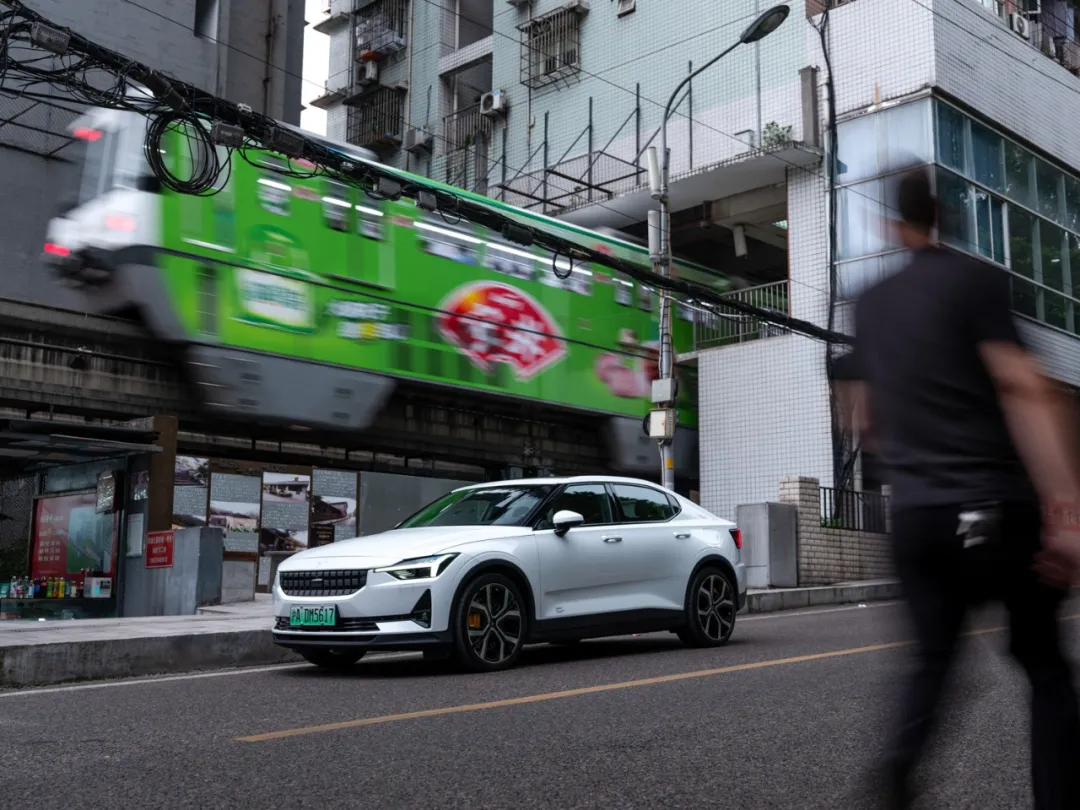As a member of the automotive media, we may have more opportunities to experience different types of cars than others, which naturally leads to being crowned by family and friends as a “car expert” and frequently asked car-related questions. Previously, I always strived diligently to fulfill my work duties and ensure to “meet expectations”. However, in the era of electric cars, after several unsuccessful experiences and even self-doubt, I learned a lesson: some brands and models are not accepted just because you think they are good. Who buys what car seems to be predetermined.
One of the brands that gave me a deep understanding of this lesson is the pioneering Nordic brand – Polestar.
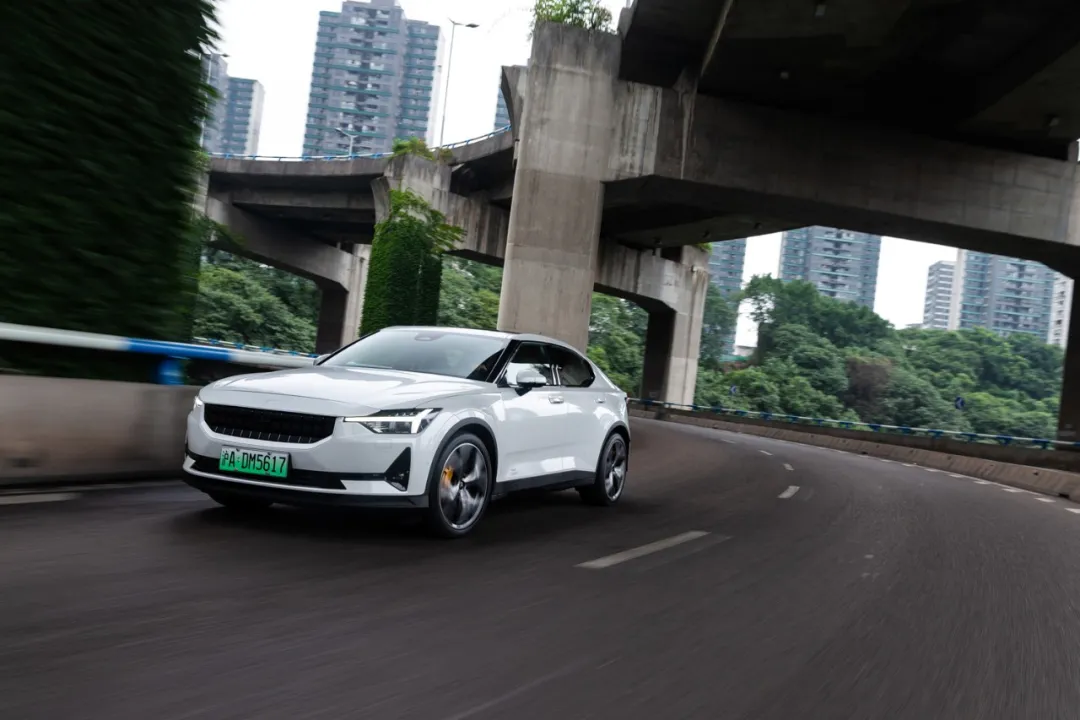
This low-key brand that has been on the market for four years and has launched two models is still not well-known to the public. However, for me, it is a true “geek car”. In the past year, driving the Polestar 1 and Polestar 2 left me with a profound impression: minimalist and sexy design, avant-garde and humanistic interior cabin, as well as solid performance and handling.

Just a few days ago, I had a chance to participate in the “Polestar Lab” Season One event – Starry Night Drive in Chongqing, an 8D city. I test drove the Polestar 2 at night. Therefore, taking this opportunity, this article will discuss my understanding of this brand and car from my personal perspective. This is subjective, but not biased, just like the temperament of potential Polestar car owners.
Can’t escape the fate of the designer
When recalling the past two years of the Beijing and Shanghai Auto Shows, what impressed me the most was not a particular car, but the concept designs and setups of Polestar’s booths, which always astounded me with their unique brand aesthetics.
When chatting with Polestar staff, I learned that Thomas Ingenlath, Polestar’s CEO and former Vice President of Design at Volvo, often personally takes charge and participates in the planning and design of Polestar’s exhibition concepts. He is meticulous in his attention to every detail related to aesthetics. For example, there is a small story about Thomas: During a Polestar exhibition, he noticed that the wires under the exhibit car were messy. So, he asked the staff to hide the power supply line along the bottom of the car, according to his requirements, and ensure that it would not affect media shooting from various angles.
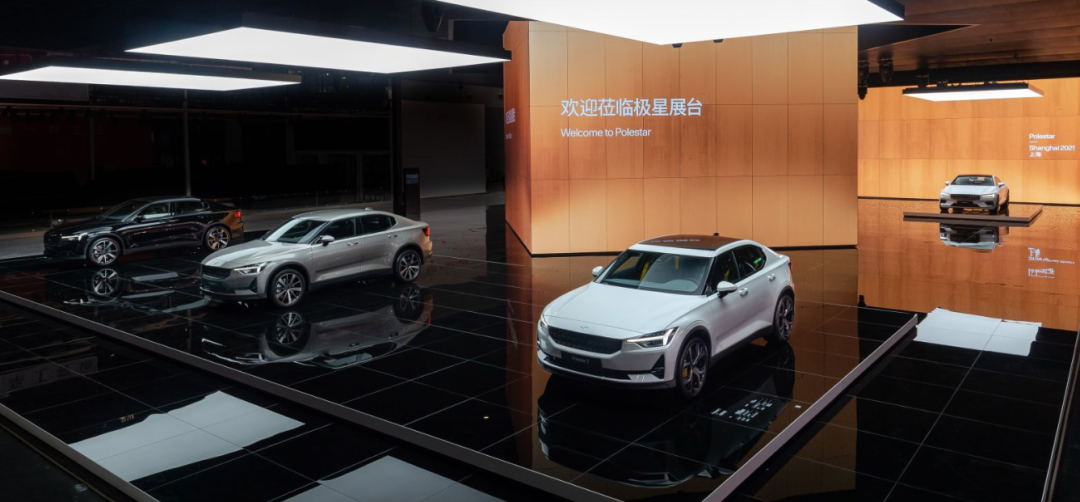 These stories vividly depict the persistence and pursuit of beauty of a designer-turned-CEO, which has earned my utmost respect for this brand. Indeed, every luxury car brand has an abundance of design-related stories, but each enterprise has its own genes that silently shape every decision it makes. The fact is that Volvo’s products have attracted a large number of designers and industry practitioners to become their car owners and fans.
These stories vividly depict the persistence and pursuit of beauty of a designer-turned-CEO, which has earned my utmost respect for this brand. Indeed, every luxury car brand has an abundance of design-related stories, but each enterprise has its own genes that silently shape every decision it makes. The fact is that Volvo’s products have attracted a large number of designers and industry practitioners to become their car owners and fans.
On the other hand, this also makes me worried about the future of the brand: Can aesthetics become the primary motivation for people to purchase a new energy electric vehicle? The answer is certainly negative, because aesthetics often only exist in niche groups. This is the so-called “designer’s destiny”. Therefore, can Polestar keep a certain level of aesthetics while making its products shine in terms of technology and experience, truly allowing users to perceive and determining the fate of the brand’s future.
The Light of Humanistic Technology
Therefore, Polestar has made some necessary efforts and attempts.
First of all, design should comply with user needs. Polestar 2 demonstrates this point very well in the use of light.
Just like the classic “Mjolnir” headlights of Volvo, Pixelated LED headlights are hidden under the minimalist design of Polestar 2. The single-sided headlight is equipped with 84 LED light sources cleverly arranged, which, compared to traditional headlights, can more accurately control the irradiation direction and angle of each light source and use more flexible range.
When driving this Polestar 2 on the dark mountain roads of Chongqing at night, you no longer need to hurriedly “flash your lights”, and worry about whether there will be oncoming traffic around the next corner. You only need to turn on the automatic high beam, and the Pixelated LED technology will automatically illuminate the road ahead and traffic signs on the roadside in combination with the front camera of the vehicle. It can also recognize the five vehicles in front to avoid being called “the driver with high beams”. This experience is no less than the automatic high beam system standardly equipped in my brand new BMW 7 series, and even faster and brighter.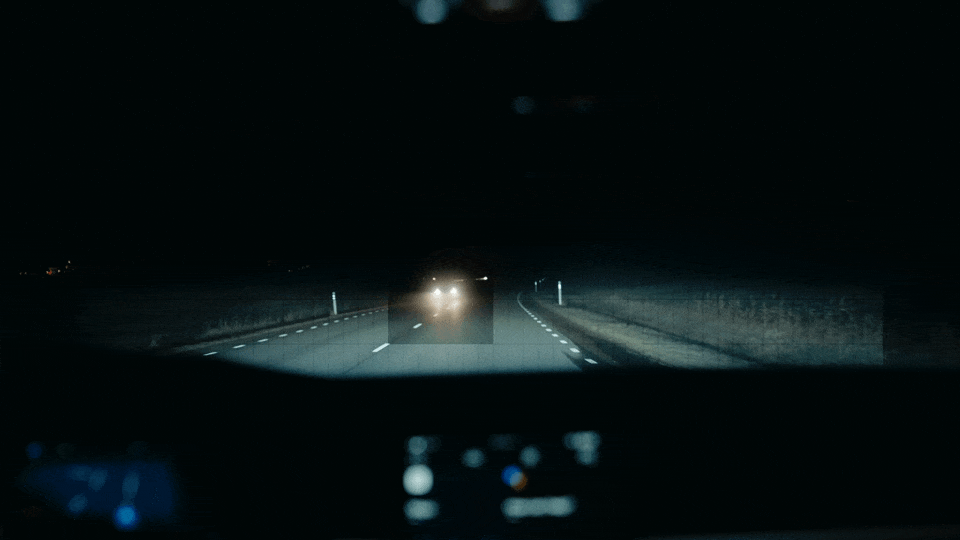
The continuous full LED taillights are also a signature design of the Volvo 2. It is embedded with 288 LED light sources and has a sequential lighting and extinguishing effect. When the vehicle is unlocked and locked, it will form a special welcome light effect with the pixel matrix LED headlights. There is also an important point that the brightness of this tail light can be adaptively adjusted according to external light conditions, becoming brighter during the day and slightly dimmer at night, reducing the “visual pollution” to the following vehicles.
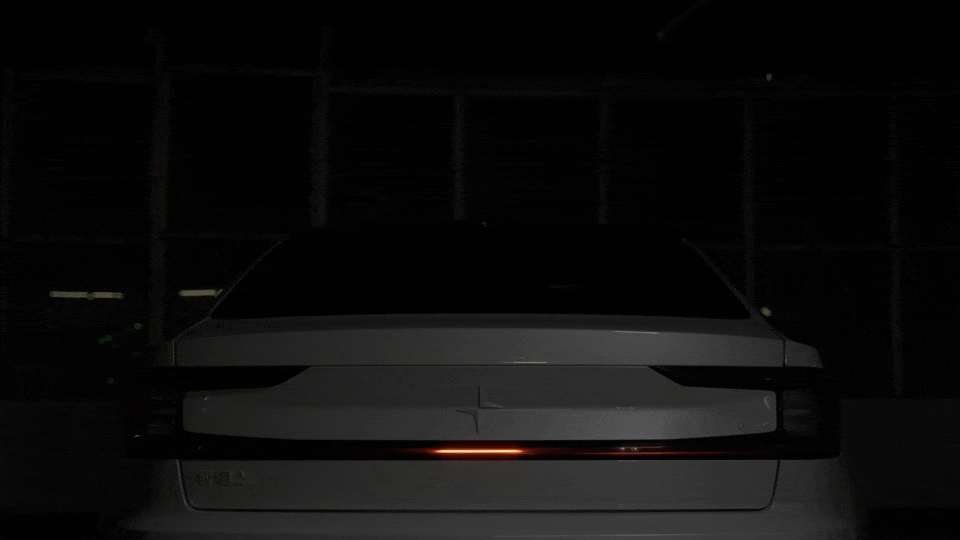
In the application of interior lighting, the Volvo 2 is extremely “restrained”. Unlike other luxury brands that draw heavily on interior ambient lights, Volvo has been doing subtraction. Just like the “Night Mode” (when driving at night, press the function button on the steering wheel to display only the speedometer light in the instrument panel, and the center console only keeps the emergency warning light button light) from Saab, also a Nordic brand, twenty years ago. The interior ambient light of the Volvo 2 is also very simple, with a single color called “Volvo White” embellishment, creating a quiet and comfortable driving atmosphere at night.
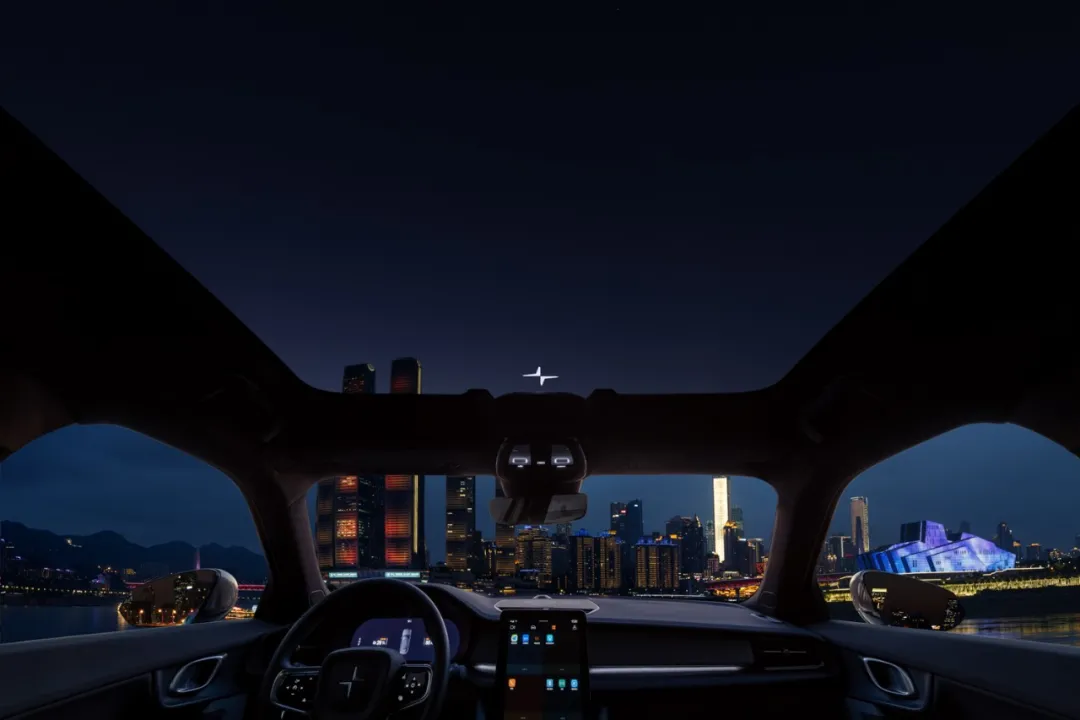
These compromises or the combination of design and function can make daily driving safer and more convenient for users. As a luxury brand, they also satisfy some of the “superiority feelings” of Volvo owners.
In addition, as one of the world’s first cars equipped with the native Android Automotive OS, the infotainment system and smart cockpit of the Volvo 2 have received unanimous praise in Europe and the United States with Google’s full support. However, in the Chinese market with a high degree of digital and internet acceptance and usage, Volvo needs to better adapt to local needs.
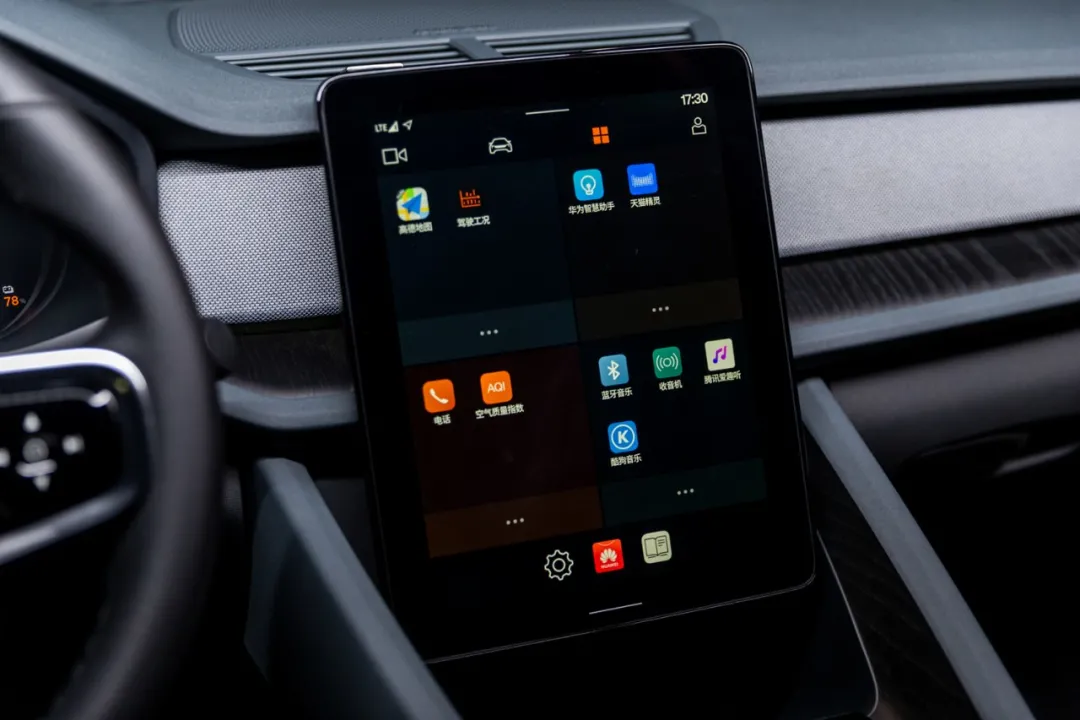 On the map and navigation level, Polestar has chosen to cooperate with Gaode Map, and equipped the complete version of Gaode Map on Polestar 2. Users can also synchronize their Gaode Map account to achieve the synchronization of mobile phone information and vehicle terminals. The 11.15-inch digital instrument panel combined with the vertical large screen can achieve linked navigation. Even in Chongqing, known as the “8D city”, the experience of this map navigation is convincing. Under the challenge of complicated “interchanges” in Chongqing, Polestar 2 can also handle them with ease. Important information such as intersections, entrances and exits, roundabouts, and speed limits can be quickly and clearly fed back to the driver, and the response speed is even faster than that of the mobile version of Gaode Map opened simultaneously.
On the map and navigation level, Polestar has chosen to cooperate with Gaode Map, and equipped the complete version of Gaode Map on Polestar 2. Users can also synchronize their Gaode Map account to achieve the synchronization of mobile phone information and vehicle terminals. The 11.15-inch digital instrument panel combined with the vertical large screen can achieve linked navigation. Even in Chongqing, known as the “8D city”, the experience of this map navigation is convincing. Under the challenge of complicated “interchanges” in Chongqing, Polestar 2 can also handle them with ease. Important information such as intersections, entrances and exits, roundabouts, and speed limits can be quickly and clearly fed back to the driver, and the response speed is even faster than that of the mobile version of Gaode Map opened simultaneously.
At the human-computer interaction level, Polestar 2 has chosen to cooperate closely with iFlytek. After waking up the system with “Hello, Polestar”, I can navigate, control internal functions such as air conditioning, windows, and music. The most gratifying thing is that Polestar 2 also supports “advanced” voice interaction experiences such as voice partition recognition, interrupting conversations, continuous questioning or instruction sending, automatic ignoring of chat and meaningless phrases. To be honest, for an electric car with a background of “European luxury brands”, the experience of Polestar 2 is much better than what I expected.
Thanks to the cooperative advantage of Volvo, Polestar and Volvo have become strategic partners of Huawei. Currently, Polestar 2 has been equipped with Huawei Intelligent Assistant and Huawei App Store. Last week, Polestar and Huawei officially started the “hackathon” developer activity. With the help of Huawei’s mature service platform, Polestar 2 will provide users with massive Android intelligent interconnection applications. We have reason to believe that Polestar 2 will have more possibilities on the road of local digital application.
In this era of technological explosion, there is never a lack of daring brands in the market that constantly launch more advanced advanced driving assistance systems (of course, some brands insist on calling them autonomous driving systems), but for Polestar, “safety” seems to be more important than “coming out on top”.
Volvos with Advanced Driving Assistance
The Volvo Polestar 2 comes equipped with a total of 3 radars, 12 millimeter-wave sensors, and 5 cameras, including front millimeter-wave radar and cameras, 4 surround view cameras, 2 blind-spot radars, and 12 parking ultrasonic radars. Integrated with map information, it enables Adaptive Cruise Control (ACC) and Pilot Assist navigation assistance functions from 0-130 km/h. Additionally, the Polestar 2 is equipped with front, rear, and blind-spot detection systems that can detect surrounding vehicles, pedestrians, and bicycles in front.
During the test drive, the winding and rugged mountain roads in Chongqing didn’t give the Polestar 2 many chances to demonstrate its L2 driving assistance functions, but its performance on a short highway stretch was average.
Overall, Polestar doesn’t rely on technological innovation to show off, but quietly brings its users the greatest level of safety improvement and convenience, while also being convenient for other traffic participants. Perhaps this is the shining light of Polestar technology.
Shine on Your Crazy Diamond
Over the past period of time, I have also been constantly discussing the Polestar brand and their products with my colleagues in the editorial department. Everyone holds different opinions, and this process has made me understand another truth: some people may never fall in love with something that they will not fall in love with, because everyone’s world is only what they see.
This world of cars has never lacked geeks. Decades ago, when Enzo stubbornly insisted on making faster racing cars and countless engineers worked day and night to break track records, I thought that was the pinnacle of gasoline cars. Then, why is it that in the era of electric cars, sales or some black technology have become the only standard for “heroes”?
When I saw “Coffee” (a pseudonym), the owner of a Polestar 2, express his love for Polestar openly in front of dozens of media outlets, I was truly happy for this brand, because perhaps for many Chinese consumers, in this explosive era of intelligent electric vehicles, this Polestar is not bright enough, but for some people, this Polestar is burning itself, shining their way home with the energy of technology and aesthetics in the endless night.
So, I still want to applaud all the pioneers who have the spirit of “pioneering” and are stubbornly determined to make changes. Because of you, the world will become sexier and more interesting.
This article is a translation by ChatGPT of a Chinese report from 42HOW. If you have any questions about it, please email bd@42how.com.
